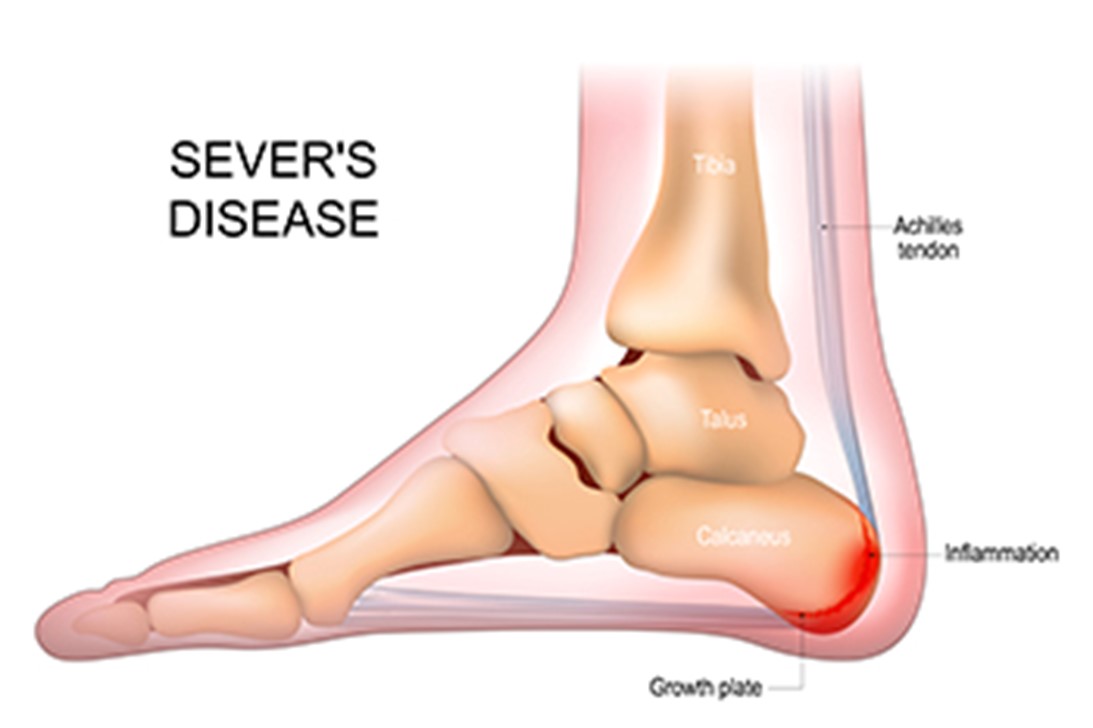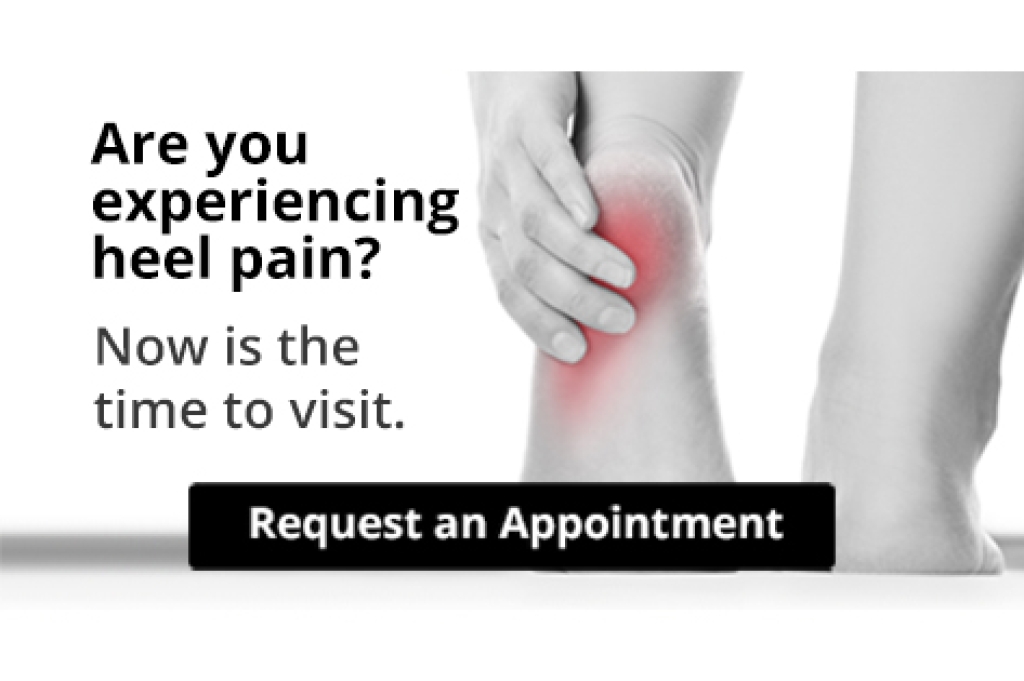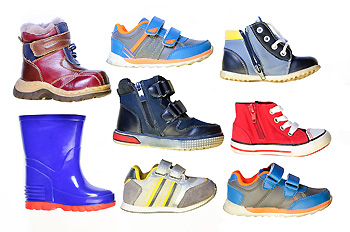 Sever’s disease is a frequent cause of heel pain in children going through their growth spurt, typically between the ages of eight and 14. This condition arises when the Achilles tendon, which links the calf muscle to the heel, grows slower than the bones in the feet. As a result, the tendon pulls on the heel, causing discomfort. Symptoms can include heel pain during or after physical activity, limping, and walking on tiptoes. Though Sever’s disease often improves as growth slows, there are effective methods that can manage the pain. Adjusting activity levels, taking medications, and using orthotics can provide relief. If your child is struggling with heel pain, it is suggested you schedule an appointment with a podiatrist who can offer a proper diagnosis and recommend the best course of action to ensure your child’s comfort and continued activity.
Sever’s disease is a frequent cause of heel pain in children going through their growth spurt, typically between the ages of eight and 14. This condition arises when the Achilles tendon, which links the calf muscle to the heel, grows slower than the bones in the feet. As a result, the tendon pulls on the heel, causing discomfort. Symptoms can include heel pain during or after physical activity, limping, and walking on tiptoes. Though Sever’s disease often improves as growth slows, there are effective methods that can manage the pain. Adjusting activity levels, taking medications, and using orthotics can provide relief. If your child is struggling with heel pain, it is suggested you schedule an appointment with a podiatrist who can offer a proper diagnosis and recommend the best course of action to ensure your child’s comfort and continued activity.
Sever's disease often occurs in children and teens. If your child is experiencing foot or ankle pain, see one of our clinicians from The Footcare Centre. Our podiatrists can treat your child’s foot and ankle needs.
Sever’s Disease
Sever’s disease is also known as calcaneal apophysitis, which is a medical condition that causes heel pain in none or both feet. The disease is known to affect children between the ages of 8 and 14.
Sever’s disease occurs when part of the child’s heel known as the growth plate (calcaneal epiphysis) is attached to the Achilles tendon. This area can suffer injury when the muscles and tendons of the growing foot do not keep pace with bone growth. Therefore, the constant pain that one experiences at the back of the heel will make the child unable to put any weight on the heel. The child is then forced to walk on their toes.
Symptoms
Acute pain – Pain associated with Sever’s disease is usually felt in the heel when the child engages in physical activity such as walking, jumping, and or running.
Highly active – Children who are very active are among the most susceptible in experiencing Sever’s disease, because of the stress and tension placed on their feet.
If you have any questions please feel free to contact our offices located in Weybridge, UK. We offer the newest diagnostic and treatment technologies for all your foot and ankle needs.


 Children are typically born with flat feet, a natural condition due to undeveloped arches and soft, flexible bones. As they grow, their arches gradually form, usually becoming noticeable around age two or three. During the early years, it is best for children to walk barefoot as much as possible, allowing their feet to develop strength and proper alignment. When they begin walking outdoors, they need shoes that provide protection without restricting natural foot movement. Look for shoes with a flexible sole, breathable material, and a wide toe box to accommodate growing feet. Shoes should also have a snug fit at the heel to prevent slipping but not be too tight to cause discomfort. Regularly checking for proper fit is important, as children’s feet grow rapidly. When it comes time to select
Children are typically born with flat feet, a natural condition due to undeveloped arches and soft, flexible bones. As they grow, their arches gradually form, usually becoming noticeable around age two or three. During the early years, it is best for children to walk barefoot as much as possible, allowing their feet to develop strength and proper alignment. When they begin walking outdoors, they need shoes that provide protection without restricting natural foot movement. Look for shoes with a flexible sole, breathable material, and a wide toe box to accommodate growing feet. Shoes should also have a snug fit at the heel to prevent slipping but not be too tight to cause discomfort. Regularly checking for proper fit is important, as children’s feet grow rapidly. When it comes time to select 